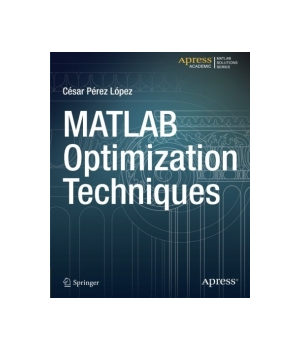

The closed-loop plant is entered in terms of the blocks where the plant and actuator have been placed in a hierarchical Subsystem block. The problem is to design a feedback control loop that tracks a unit step input to the system. You can see this response by opening the model (type optsim at the command line or click the model name), and selecting Start from the Simulation menu. The open-loop response of the system to a step input is shown in Figure 2-2, Closed-Loop Response. The slew rate limit of the actuator is 0.8 units/sec. The actuator saturation limit cuts off input values greater than 2 units or less than -2 units. The actuator limits are a saturation limit and a slew rate limit. The plant is an under-damped third-order model with actuator limits. Note that Simulink must be installed on your system to load this model.) The model includes a nonlinear process plant modeled as a Simulink block diagram shown in Figure 2-1, Plant with Actuator Saturation.įigure 2-1: Plant with Actuator Saturation (This model can be found in the Optimization Toolbox optim directory. Let's say that you want to optimize the control parameters in the Simulink model optsim.mdl.
#MATLAB OPTIMIZATION TOOLBOX MULTIPLE DESIGN VARIABLES HOW TO#
Included is an example of how to optimize parameters in a Simulink model. This section demonstrates solving problems with multiobjective functions using lsqnonlin, fminimax, and fgoalattain. The previous examples involved problems with a single objective function. Now if we run the optimization problem again we see the effect of the constraints on the output: = 3],opts) ġ.000000000000000 -0.000005031565831 0 -0.000011740569861 0.Tutorial (Optimization Toolbox) Optimization Toolbox These inequalities should be written in form Ax <= b: A = [-1 0 -1 0 0 Now I want to avoid both variables to be 0, so I can write the following linear inequality constraint: % x(1) + x(3) >= 1 However, in your case the lower and upper bounds should be defined as and for both integer variables. Here the boundaries of the Ackley's problem allows the variables to be in the range defined by lower and upper bounds. Now let's say as you mentioned, they both cannot be 0 at the same time and if one is 0 the other should be 1. It can be seen that x(1) and x(3) are integers and both 0. Opts = optimoptions('ga','MaxStallGenerations',50,'FunctionTolerance',1e-3,'MaxGenerations',300)

Ub = 5*ones(1,nVar) % define the lower bound Lb = -5*ones(1,nVar) % define the upper bound We can write the following script: nVar = 5 in 5 dimensions), and let's assume that the first and third variables, x(1) and x(3), are integers. Let's say we want to find the optimum value for the Ackley function with 5 variables (e.g. To avoid both integer variables to be 0 at the same time, I think you can add some inequality constraints.įor instance look at the following example: Whit IntCon options, you can specify which variables are integer, for instance IntCon= means that your first and third variables are integer. So you should have at least one real variable among the other integers. Not all the variables but certain variables.

As mentioned in the documentations: ga can solve problems when certain variables are integer-valued. This is a Mixed-Integer optimization problem and it can be solved using ga in MATLAB.


 0 kommentar(er)
0 kommentar(er)
